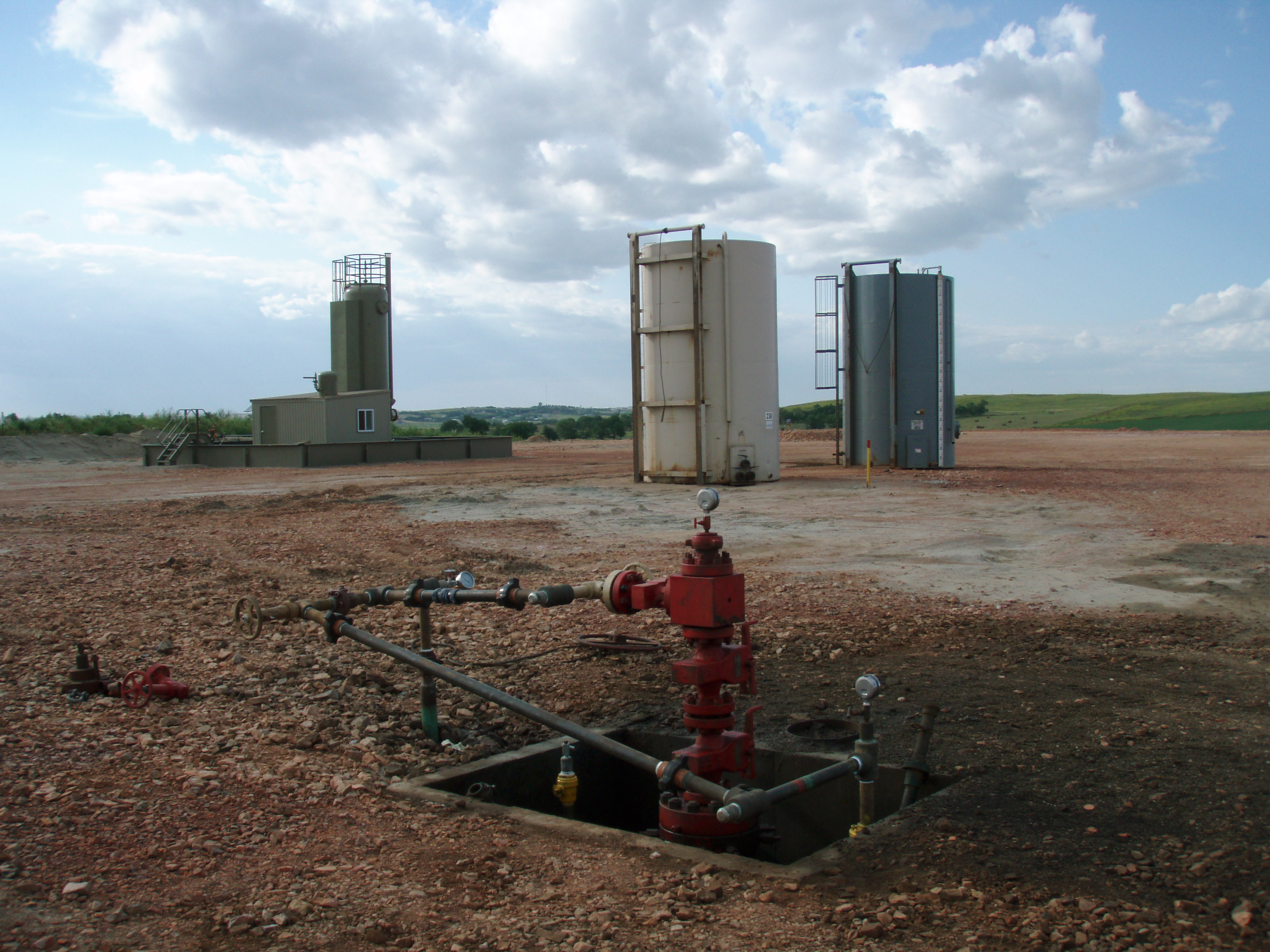Home // Environment
Earthquakes in Oklahoma are manmade, strongly linked to fracking wastewater injection: Study
03/24/2018 // Janine Acero // Views
Tags: basement rocks, deep wells, Earthquakes, fracking, injection depth, Oil and gas industry, sedimentary rocks, seismic activity, seismicity, underground rock formations, wastewater

- The study aimed to provide targeted evidence in proving that there has been a substantial decrease in induced seismicity in the Oklahoma region, with possible applications in other parts of the world.
- An average of 2.3 billion barrels of fluids per year have been injected into the ground by Oklahoma's well operators since 2011. Disposal of wastewater is typically at depths of one to two kilometers below the ground surface. In addition, saltwater is injected deep underground for recovery of oil and gas.
- There has been an approximately 800-fold increase in the annual number of earthquakes in Oklahoma since 2011, which is associated with the connection between the frequency of earthquakes (seismicity) and the depth of fluid injection into underground rock formations.
- The researchers examined the connections between injection volume, depth, location, and geological features over a six-year period, using an innovative software that is capable of analyzing large and complex data sets. Called the Uninet, it incorporated injection well records and earthquake data from the U.S. Geological Survey (USGS).
- The research team found that seismic activity may be influenced by the depth and volume of injected fluids at depths where layered sedimentary rocks meet crystalline basement rocks. According to analysis, deeper wells allow easier access for fluids to seep into fractured basement rocks, which are prone to earthquakes.
- The team concluded that raising the injection depths to above the basement rocks could significantly reduce the energy released by earthquakes, which in turn may reduce the instances of larger, more devastating quakes.
The researchers stated that the findings warrant a broader understanding of how factors such as operational, spatial, and geologic parameters influence seismic activity. The team noted that their analysis may grant opportunities to evaluate regulatory actions on a rational, quantitative basis in terms of seismic effects.
Journal Reference:
Hincks T, Aspinall W, Cooke R, Gernon T. OKLAHOMA'S INDUCED SEISMICITY STRONGLY LINKED TO WASTEWATER INJECTION DEPTH. Science. 2018;359(6381):1251–1255. DOI: 10.1126/science.aap7911
Related Topics
basement rocks deep wells Earthquakes fracking injection depth Oil and gas industry sedimentary rocks seismic activity seismicity underground rock formations wastewaterLatest News
Related News
Take Action:
Support Natural News by linking to this article from your website.
Permalink to this article:
Copy
Embed article link:
Copy
Reprinting this article:
Non-commercial use is permitted with credit to NaturalNews.com (including a clickable link).
Please contact us for more information.
Please contact us for more information.

















